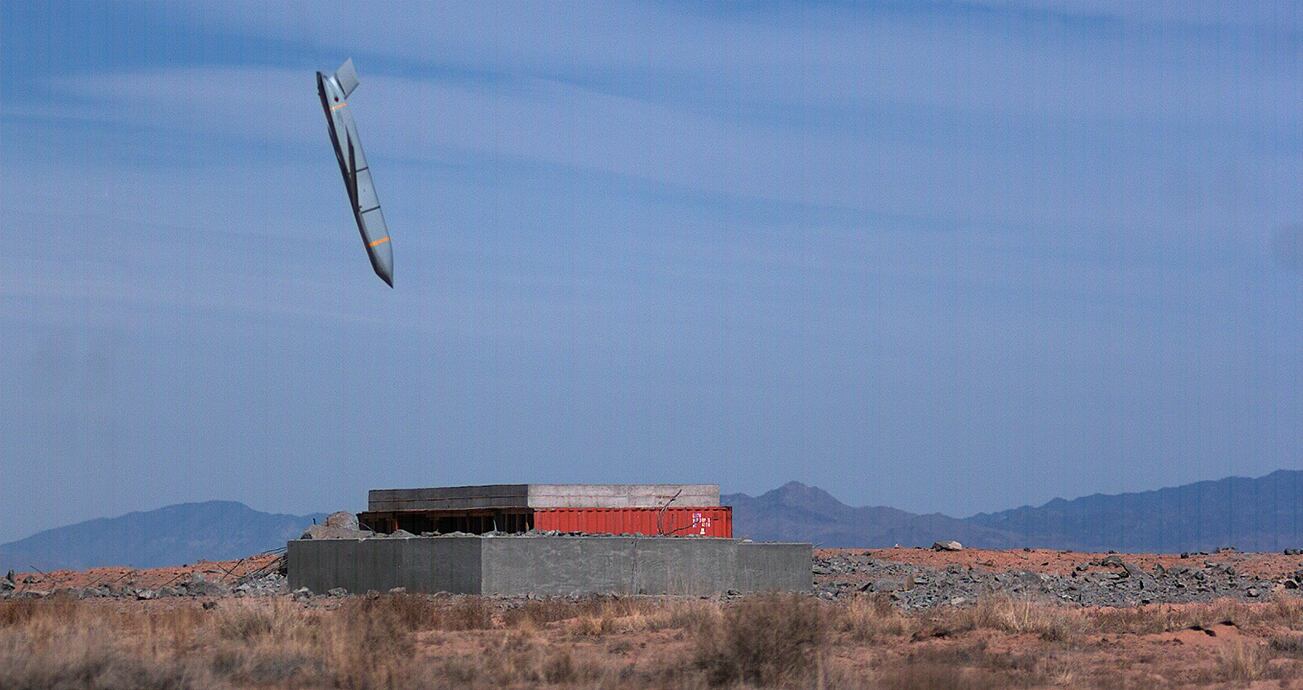MELBOURNE, Australia — In a remarkable turnaround, Japan’s defense minister has now said the country is looking to acquire air-launched standoff missiles, just three days after telling reporters at a news conference that such a step was only under consideration.
Speaking at another news conference Friday, Itsunori Onodera confirmed that the Japanese Ministry of Defense will submit an additional budget request to acquire the Kongsberg Joint Strike Missile, or JSM, for its 2018 budget, which is due to be released in April.
The JSM will be acquired for Japan’s fleet of 42 Lockheed Martin F-35A fighter jets, which is due to be integrated onto the F-35 around 2021 and is the only missile of its class currently capable of being carried in the jet’s internal weapons bays.
Onodera also said the ministry will request funding to study the feasibility of integrating the Lockheed Martin AGM-158B Joint Air-to-Surface Standoff Missile-Extended Range, or JASSM-ER, and its close derivative AGM-158C Long Range Anti-Ship Missile, or LRASM, onto its fleet of Mitsubishi-built F-15J Eagle interceptors.
The JASSM-ER is currently integrated on the U.S. Air Force’s Boeing F-15E Strike Eagle, and although Japan’s F-15Js are older aircraft used almost exclusively as an air defense interceptor, there should be little issue integrating the missile on the aircraft.
This confirmation was in sharp contrast to what the minister said three days before on Dec. 5, where he told reporters that at a previous news conference that Japan has “not yet decided to introduce a missile and allocate related funds under the fiscal 2018 budget as was reported.”
RELATED

In his latest remarks, the minister did not disclose the amount of funding requested to acquire the JSM or that for the integration studies of the JASSM-ER/LRASM onto Japan’s F-15Js, instead telling reporters that the ministry will be carrying out a separate briefing to disclose more details at a later time.
Despite reports that Japan may use the standoff missiles for possible strikes against North Korean targets should the latter launch its ballistic missiles against Japan, Onodera insisted that Japan’s stance toward attacking land-based targets on foreign soil had not changed. The U.S. military is responsible for any counter-strikes against an adversary in the event of an attack on Japan in line with the Mutual Defense Treaty between the two countries.
Instead, the missiles “will be introduced exclusively for the purpose of defending Japan,” including what Onodera called Japan’s “remote islands,” which is often used as a euphemism for the disputed Senkaku Islands in the East China Sea that is also claimed by China and has seen several confrontations between the coast guards of both countries.
However, as Defense News previously reported, Japan’s Defense Ministry was looking at the possibility of acquiring a long-range counter-strike capability as part of the country’s upcoming Mid-Term Defense Program and new National Defense Program Guidelines.
Although such a move is within the country’s pacifist constitution, which limits Japan’s involvement in a conflict to self-defense in response to being attacked, its wartime past and current public attitudes mean that any move to acquire capabilities that could be used in an offensive capacity is deeply unpopular and would be politically sensitive.
Japanese Prime Minister Shinzo Abe, who was recently re-elected to office, has also flagged possible changes to the war-renouncing Article 9 of the constitution, although details of the possible changes have not been made public.
Mike Yeo is the Asia correspondent for Defense News.








